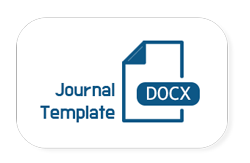Abnormal Oral Glucose Tolerance Test Amongst Pregnant Women in Ushafa Community: Comparison of WHO and IADPSG Criteria.
Abstract
Background: The prevalence and impact of gestational diabetes mellitus (GDM) is growing worldwide. Its management is dependent on the diagnostic criteria used and there is no consensus on screening methods and diagnostic criteria. In order to reduce adverse maternal and neonatal outcome associated with hyperglycemia including the mild forms, the International Association for Diabetes in Pregnancy Study Group (IADPSG) put forward diagnostic criteria and encourages its adoption worldwide, as against the previously used World Health Organization criteria. Methodology: This was a cross-sectional study in which 150 pregnant women were recruited. These women had a 75gram, oral glucose tolerance test (OGTT) done. The diagnosis of GDM was made in each participant using the WHO (1999) and IADPSG and then compared. Result: The prevalence of FDM in accordance with WHO 1999 and IADPSG criteria were 9.3% and 15.3%, respectively. About 6.7% of women met both criteria and 18% met either or both criteria. Using multivariable analysis, age >34 years, BMI >25kg/m2 and previous history of macrosomia were significantly associated with GDM. Approximately 35% of GDM cases would have been missed if selective screening strategy was employed as against universal screening which was done. Conclusion: There is an increase in the prevalence of GDM when the IADPSG criteria is compared to the WHO 1999 criteria. Missed opportunities for diagnosis and management exist with the use of the WHO 1999 criteria and selective screening approach. There is a need for reappraisal and uniformity on the diagnostic approach and criteria to be used when managing GDM in Nigeria.
Published
Issue
Section
Categories
License
Copyright (c) 2025 Journalgurus

This work is licensed under a Creative Commons Attribution-NonCommercial-ShareAlike 4.0 International License.













.png)

